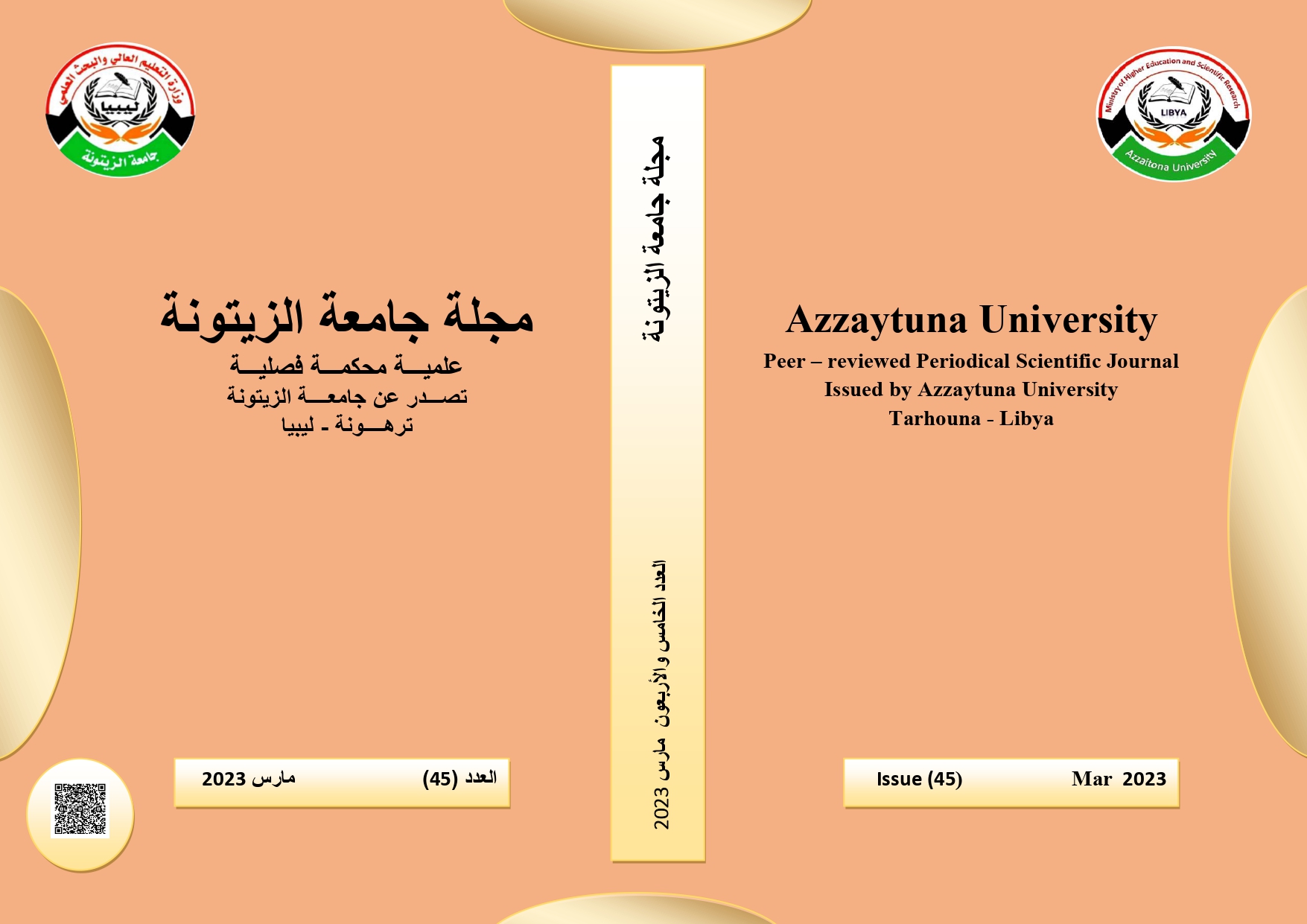A Study of the weathering layer using uphole method Concession 11, Sirte basin / Libya
Keywords:
Uphole survey* weathered layer* Seismic Refraction* static correction* Replacement velocity*Abstract
In this paper, an Uphole refraction survey was carried out aimed at using the uphole method to investigate the velocity and thickness of the weathering and sub weathering layer, in essence, obtain values for static correction to be used in the processing of 3D seismic reflection data. Weathering layers are often characterized by low seismic velocities. Base of weathering can be described as the boundary between the weathered layer and consolidated layer. Total 138 Uphole locations were drilled and logged. The holes were logged from bottom of the hole to the top. Drilling logs from each Uphole point were used in conjunction with the theoretical interpretations as a physical data set to aid in making inferences for boundary distinction. Data interpretation shows clearly that there are four layers were penetrated by the Upholes. Two upper layers can be considered as weathering layers. The thickness of the weathering layer is clearly varied and ranging from 20m in the east part to more than 100 m in the west and southwest. Velocity of subweathering layer ranges between 1600 m/s to 2500 m/s. Replacement velocity was estimated at 2000 m/s. calculated from the arithmetic average of the velocities obtained from the sub weathering layer.




